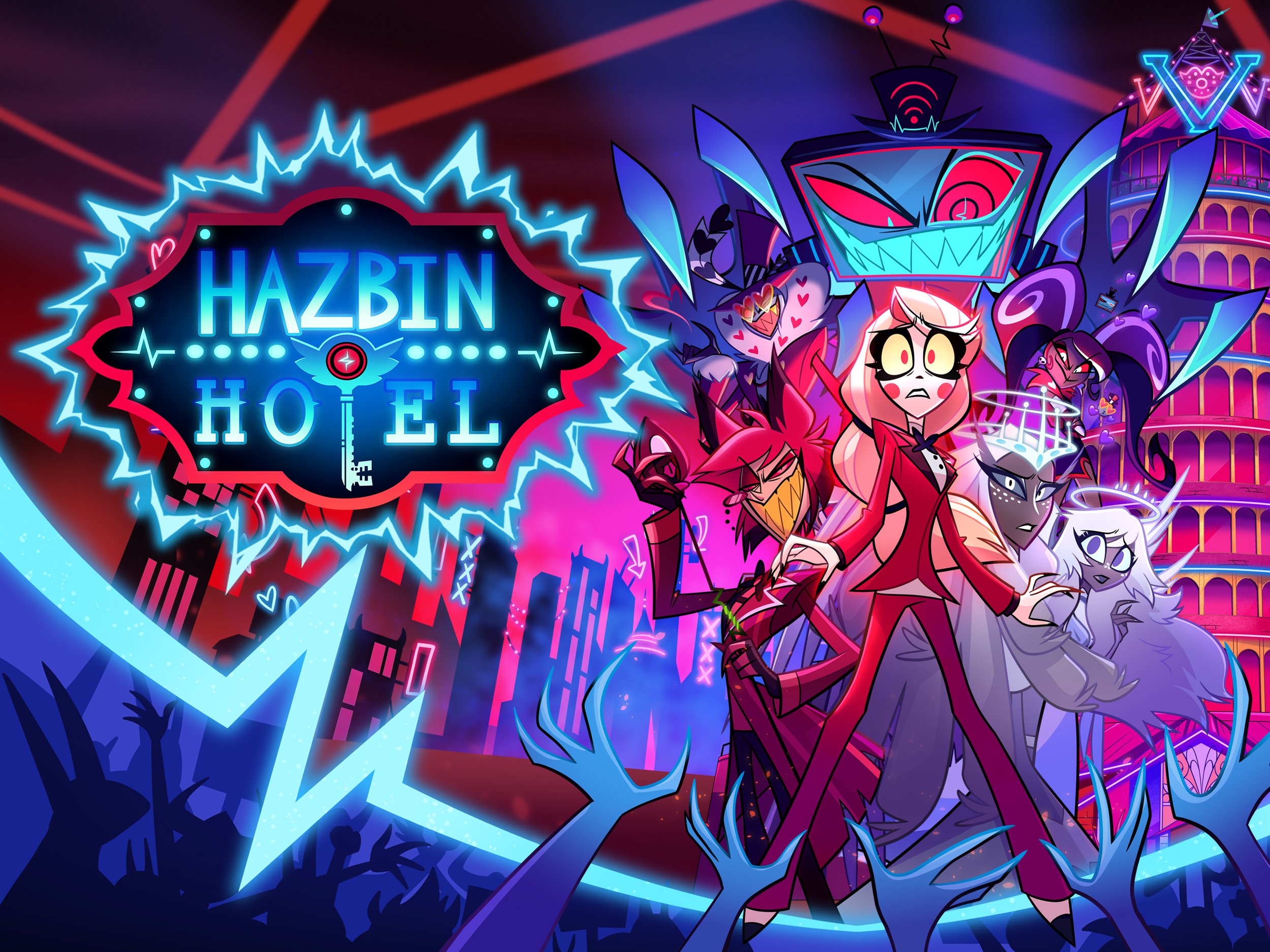“Somebody Stop Me!”: A Jungian Dive into The Mask
In Chuck Russell’s 1994 film The Mask, Jim Carrey's face-swapping antics seem at first glance to be pure slapstick, rooted in the exaggerated elasticity of cartoon logic. But beneath the zany exterior, The Mask offers a compelling psychological parable—one that aligns strikingly with the ideas of Swiss psychoanalyst Carl Jung. Through the lens of Jungian psychology, the film becomes more than a comic-book romp; it’s a story of repression, shadow confrontation, and the turbulent journey toward psychological wholeness.
The Persona: Stanley Ipkiss, the Nice Guy
At the film’s heart is Stanley Ipkiss, a meek, perpetually apologetic bank clerk who’s been dubbed “too nice for his own good.” Stanley is a textbook example of what Jung called the persona—the mask or social identity we present to the world. Polished and agreeable, the persona is designed to meet social expectations but often conceals the messier truth of the inner self.
Stanley’s persona is stifling. He’s unable to assert himself, is mocked by co-workers, and lives in a state of quiet humiliation. His desires, anger, and confidence are buried—until he finds the Mask.
The Shadow: Unleashing the Repressed Self
The ancient wooden mask Stanley discovers isn't just a magical artifact—it’s a portal to his shadow, the unconscious aspect of the psyche containing everything the ego represses: lust, rage, ambition, playfulness, and chaos. When Stanley dons the Mask, he becomes a green-faced whirlwind of energy, indulgence, and bravado. He’s everything he believes he’s not allowed to be.
Jung warned that the shadow, when unacknowledged, doesn’t vanish—it festers. And when unleashed without integration, it can be dangerous. Stanley-as-Mask doesn’t just flirt and dance; he robs banks, manipulates people, and revels in destruction. The film revels in this chaos but also hints at its dangers: unchecked shadow leads to disintegration, not freedom.
The Trickster: Chaos as Catalyst
The Mask isn’t just a shadow figure; he’s also a classic trickster—an archetype found in mythology and folklore worldwide. The trickster delights in rule-breaking, mocks authority, and exposes the absurdities of society. In this role, the Mask disrupts the rigid social order Stanley is trapped in, ridiculing police, gangsters, and even Stanley himself.
But the trickster isn't merely destructive. In Jungian thought, the trickster is also a catalyst—a chaotic force that can shatter illusions and pave the way for transformation. Stanley’s encounters with the trickster-shadow force him to confront the falseness of his "nice guy" persona and begin the work of integration.
The Anima: Tina Carlyle and Inner Integration
Enter Tina Carlyle (Cameron Diaz), the alluring nightclub singer who initially seems to fall for the Mask's wild charm. But as the film progresses, it’s not the Mask’s bravado that captures her interest—it’s Stanley’s sincerity. In Jungian terms, Tina represents the anima: the inner feminine that guides a man toward introspection, emotion, and ultimately, individuation.
The anima often appears in dreams and stories as a muse, a lover, or a spiritual guide. Tina plays this role by helping Stanley realize that true connection can’t be faked or forced—it requires authenticity. Her presence signals the possibility of emotional integration, rather than dissociation into persona or shadow extremes.
Individuation: Becoming Whole
The climax of The Mask is not just about defeating the villain or saving the girl. It’s about Stanley choosing to take off the Mask—literally and symbolically. He rejects the temptation to identify solely with the shadow or to retreat into his persona. Instead, he begins to claim agency over his own psyche.
This choice reflects Jung’s concept of individuation, the lifelong psychological process of integrating the conscious and unconscious parts of the self. It’s not about becoming perfect or “good,” but about becoming whole. Stanley, once fragmented and repressed, begins this journey by acknowledging both his gentleness and his inner fire.
Simply Put: The Mask We All Wear
The Mask endures because it taps into something deeply human. We all wear masks—social roles, polite facades, curated identities. And we all harbor shadows—fears, desires, and traits we’d rather not admit. The film’s brilliance lies in literalizing this metaphor and showing us the danger of denying our inner complexity.
Carl Jung once said, “One does not become enlightened by imagining figures of light, but by making the darkness conscious.” In The Mask, the darkness is loud, manic, and hilarious—but it's also necessary. The film invites us to laugh, yes, but also to reflect: What are we repressing? What masks are we wearing? And are we brave enough to take them off?
References
Jung, C. G. (1969). Aion: Researches into the Phenomenology of the Self. Princeton University Press.
Stevens, A. (1994). Jung: A Very Short Introduction. Oxford University Press.
Singer, J. (1994). Boundaries of the Soul: The Practice of Jung’s Psychology. Anchor Books.
Hillman, J. (1996). The Soul’s Code: In Search of Character and Calling. Random House.
Hyde, L. (1998). Trickster Makes This World: Mischief, Myth, and Art. Farrar, Straus and Giroux.
Russell, C. (Director). (1994). The Mask [Film]. New Line Cinema.





